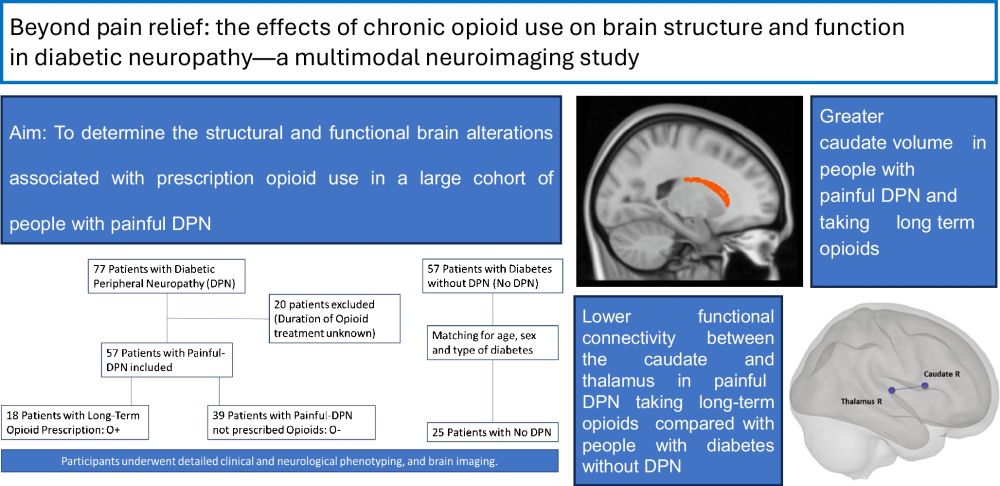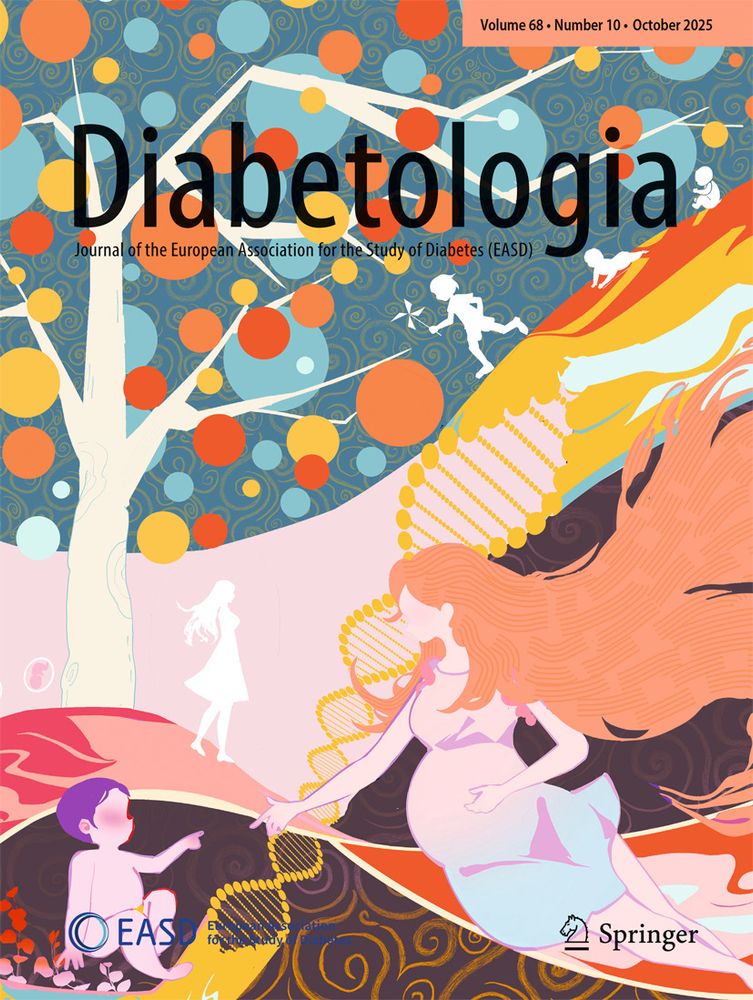Repeated faecal microbiota transplantation for individuals with type 1 diabetes and gastroenteropathy - Diabetologia
Aims/hypothesis Faecal microbiota transplantation (FMT) may alleviate gastrointestinal symptoms in individuals with diabetic gastroenteropathy, as demonstrated in a recent placebo-controlled trial. In most participants, symptom relief was transient, raising the need for repeated treatments. This study assessed the long-term efficacy, safety and feasibility of repeated, on-demand FMT as a maintenance treatment in this patient population. Methods All 20 participants from the randomised clinical trial were offered extended open-label treatment with FMT. Symptom assessments were conducted by telephone every 2–3 months using the Gastrointestinal Symptom Rating Scale for Irritable Bowel Syndrome (GSRS-IBS). Secondary measures included bowel movement frequency, stool consistency assessed using the Bristol Stool Scale, perceived treatment benefit on a seven-point Likert scale, and adverse events (AEs). FMT was primarily given as oral capsules, and colonoscopy was used for participants who could not swallow capsules. Results Of the original 20 participants, 17 were included in the present study and followed from September 2021 to December 2024, with a median Duration of follow-up of 33.2 months (range 14.7–39.1 months). Participants received a total of 95 FMT treatments, with a median of five per participant and a median interval of 5.3 months between treatments. FMT induced consistent symptom relief, with reduced GSRS-IBS scores across multiple treatments. At the last FMT treatment provided, the mean GSRS-IBS score had decreased from 60 (95% CI 54, 66) at baseline to 35 (95% CI 29, 40), with a mean difference of −25 (95% CI −18, −33). The occurrence of frequent bowel movements 2 weeks after treatment (> 7 per day) decreased from 19% (95% CI 10%, 28%) to 3% (95% CI 0%, 7%). Stool consistency improved after treatment, and the frequency of normal stool types (Bristol Stool Scale score 3–5) increased from 28% (95% CI 18%, 39%) to 76% (95% CI 66%, 86%). Participant satisfaction was high, with 86% reporting considerable benefits (Likert scores 5–7). Repeated FMT was generally well tolerated, with most AEs being mild and self-limiting. Fifteen serious AEs were documented, of which only one was deemed to be possibly related to FMT. Conclusions/interpretation Repeated, on-demand FMT is effective and safe for long-term treatment of individuals with type 1 diabetes and severe diabetic gastroenteropathy. Trial registration ClinicalTrials.gov NCT04749030 Funding The study was funded by a Steno Collaborative Grant (no. 0058906) Graphical Abstract
























